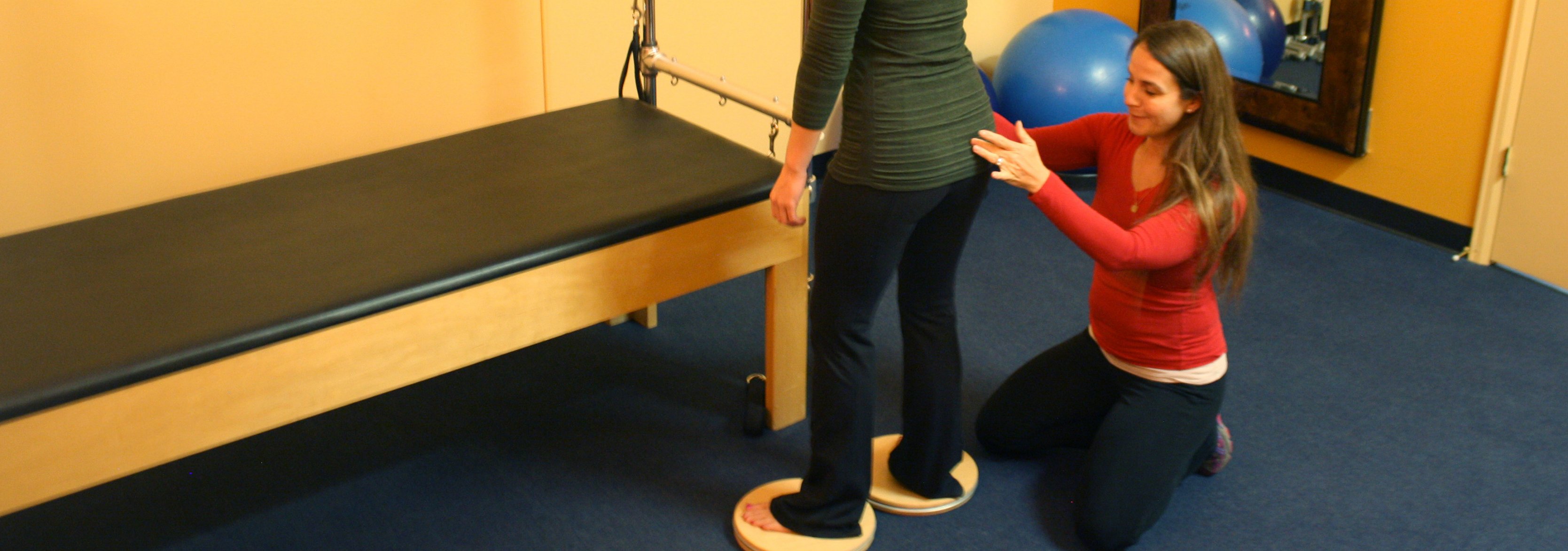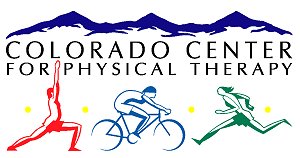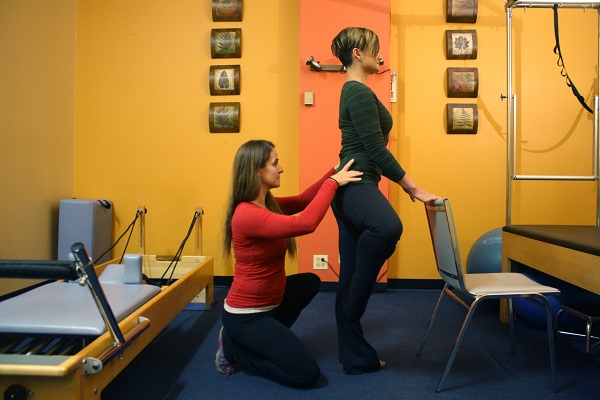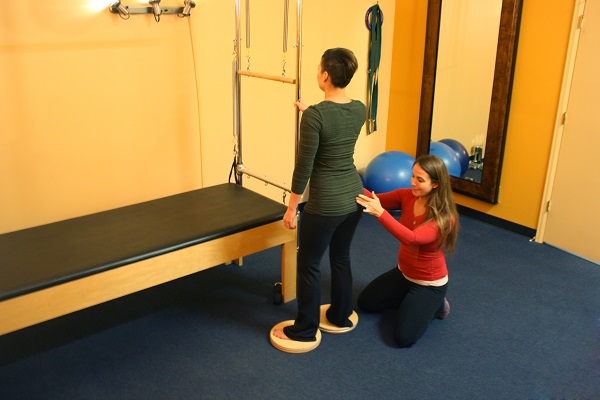Colorado Center for Physical Therapy
Serving South Metro-Denver Since 1990
Postural and Gait Analysis
Thomas Edison once prophesized, “The doctor of the future will give no medicine, but will interest his patients in the care of the human frame, in diet, and in the cause and prevention of disease.”
 This statement is widely quoted in the natural health world and for good reason. While it is hard to imagine life without medicine, people are slowly but surely starting to make smart lifestyle changes in support of Thomas Edison’s thinking. Medical research also leans more and more in support of this transition. Why is “the care of the human frame” so important? Let’s explore some of the reasons.
This statement is widely quoted in the natural health world and for good reason. While it is hard to imagine life without medicine, people are slowly but surely starting to make smart lifestyle changes in support of Thomas Edison’s thinking. Medical research also leans more and more in support of this transition. Why is “the care of the human frame” so important? Let’s explore some of the reasons.
When a person exhibits a stable pelvis with good standing posture, it tells the therapist that weight is being distributed properly through the skeletal system. It is the bones that were meant to bear the weight of the human body, not the soft tissues (such as muscles, ligaments, tendons, fascia, etc.). When a person exhibits pelvic rotations and postural distortions, the weight of the body will be shifted to pass through soft tissues. Whenever muscles are asked to take on the function of bone, they will also take on the physiology of bone meaning they will become harder, denser and receive poor levels of circulation. This translates to pain and decreased flexibility. This is very common when it comes to forward head posture. Forward head posture can promote headache, compression of the cervical spine, and TMJ dysfunction. Forward shoulder posture often leads to thoracic outlet syndrome which results in pain or numbness and tingling into the arm and hand. A posteriorly rotated pelvis will make a person more prone to problems such as sciatica or piriformis syndrome.
Postural distortions also change the way we move such as with the gait or walking pattern. This will make us more prone to joint degeneration and also cause pain. At the Colorado Center for Physical Therapy, our therapists are trained to perform a thorough postural and gait evaluation. The information that they gather will tell them:
- Which muscles or muscle groups require strengthening, and which require lengthening.
- Which muscles or muscle groups require deep tissue therapy.
- Which joints or spinal segments will require mobilization.
- Which movement therapy practices and exercises will be most appropriate for the patient.
A plan is then formulated that will work toward correcting postural distortions and improving the gait. This will include a home exercise program that will give the patient solid direction and implement a plan of prevention, just as Thomas Edison suggested.
Click on arrows to view slide show
We accept most insurance and are Medicare providers. Contact us and we will help you determine if your insurance company will cover our services or explore other competitive cash based packages and options.






